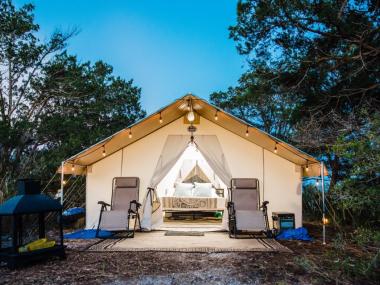Georgia's State Capitals (1779- 1782)

Everyone is familiar with Atlanta as Georgia’s state capital, but did you know it is the 17th location of the capital? While some cities have had the honor as many as four times, other locations were temporary and some cities no longer exist.
For the first 43 years of Georgia’s existence, the cities that had been known as the capital were in the southeastern part of the state: Frederica and Savannah. Although early colony conflicts were against Indian tribes and the Spanish, a new foe came into Savannah as the Revolutionary War picked up steam: the British.
January 1779 saw an attempt to convene the legislature in Augusta, but only three members showed up, meaning quorum could not be reached and, thus, a temporary governing executive council was named. That governing executive council would only last a month before having to flee the city as the British approached. They returned the next month but weren’t able to convene until January 1780 when a resolution was passed designating Heard’s Fort — a site to the northeast in Wilkes County — as the meeting place for the legislature in case of attack.
Their foresight proved advantageous because when the British invaded Augusta again in 1780, the council convened at Heard’s Fort. The land, which was owned by Stephen Heard, a friend of George Washington who served as President of the Executive Council of Georgia, February 18, 1780-1781. Despite its important role in Georgia’s history, the fort disappeared after the American Revolution, and no trace of the village remains today.
Over the next year, the history of the capital of Georgia becomes a bit sketchy as the governmental leaders were continuously attempting to evade British forces. History suggests that the capital was moved all around Wilkes County and possibly even into South Carolina for a time.
In August 1781, a newly elected state legislature met in Augusta. There the government found stability until May 4, 1782. With the tide turning against the British, Between May and July, the legislature met in a temporary location in Ebenezer in what is now Effingham County, 25 miles from Savannah.
The capital officially moved back to Savannah when the legislature convened on July 13, 1782.
Visit History:
Savannah History Museum – In 1820, The Great Savannah Fire destroyed many of the buildings and homes that had been around since the Revolutionary War, leaving much of the city’s history lost. The Savannah History Museum has a collection of pieces from Savannah’s Revolutionary War history, Civil War history and modern moments, such as the filming of "Forrest Gump."




